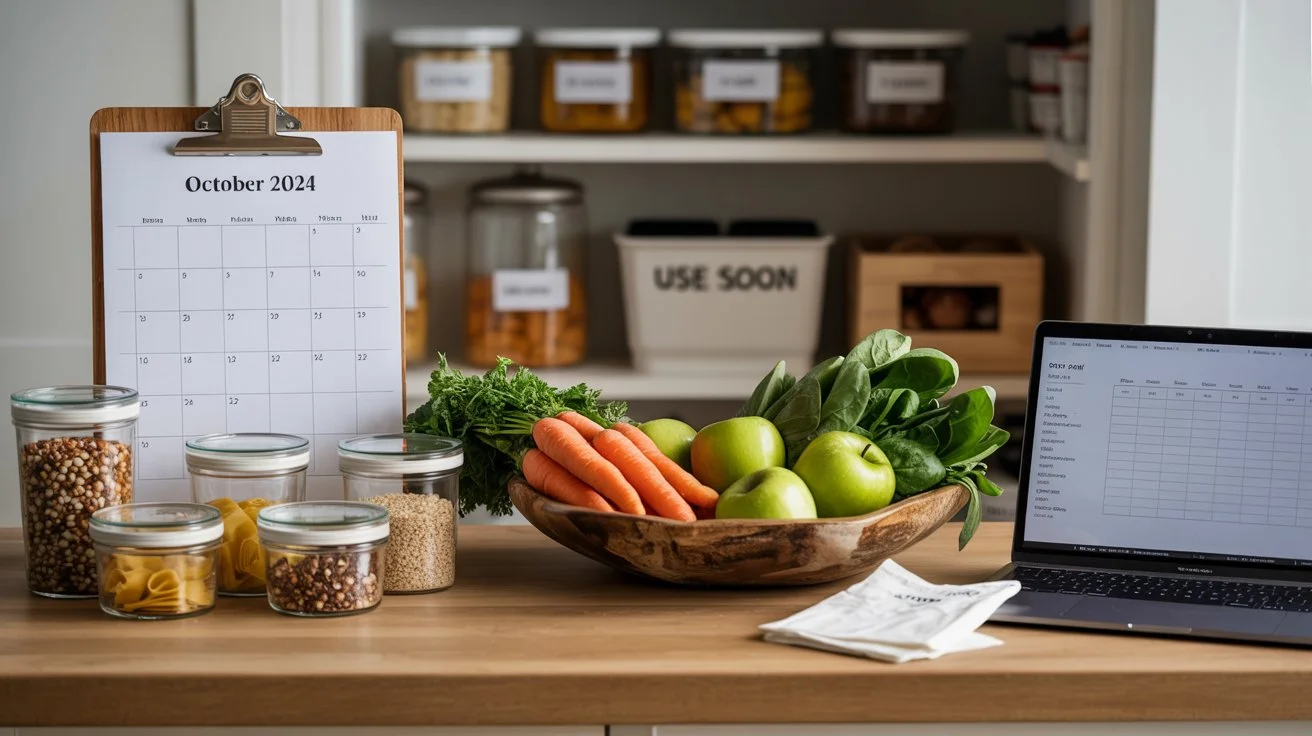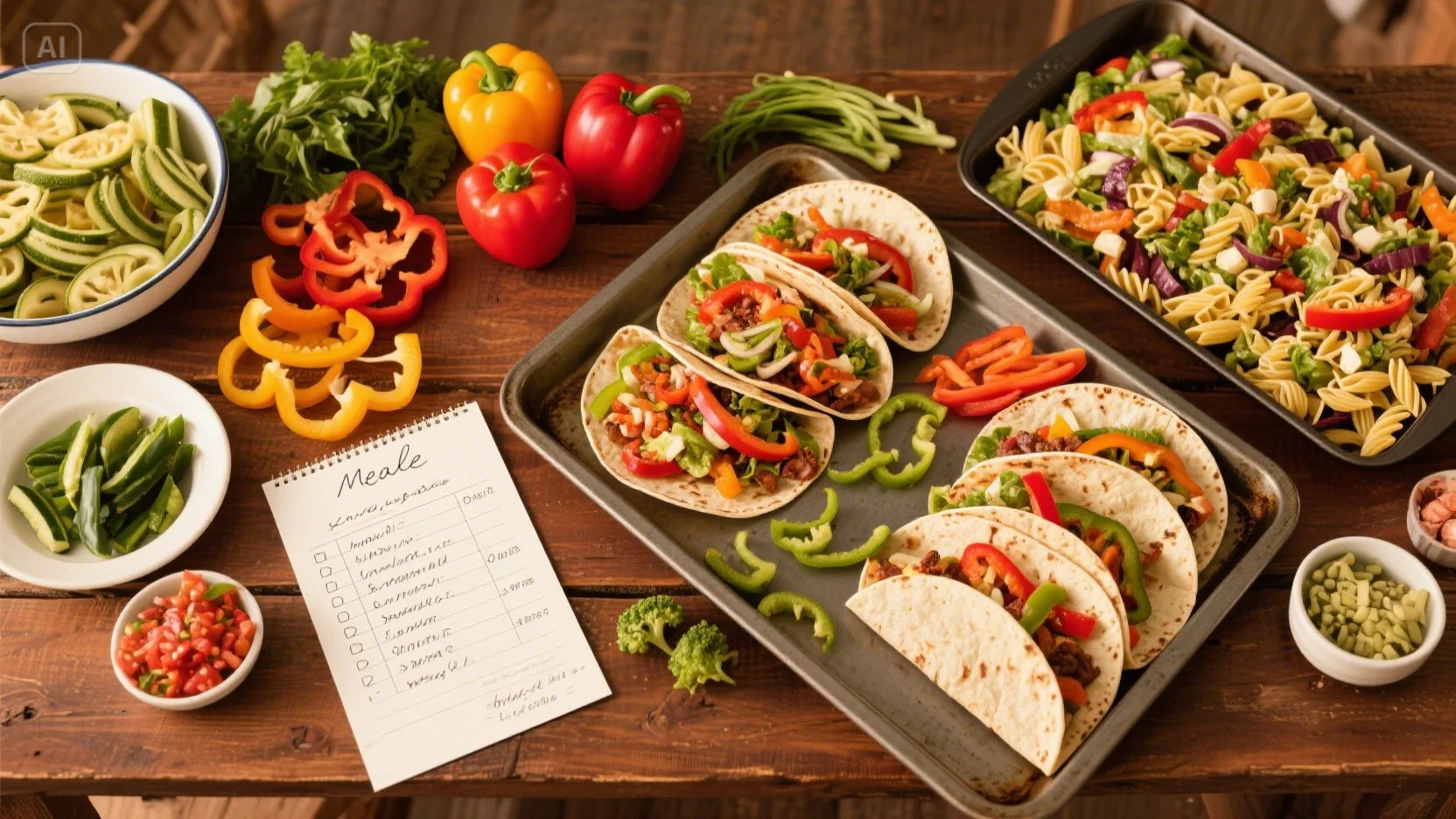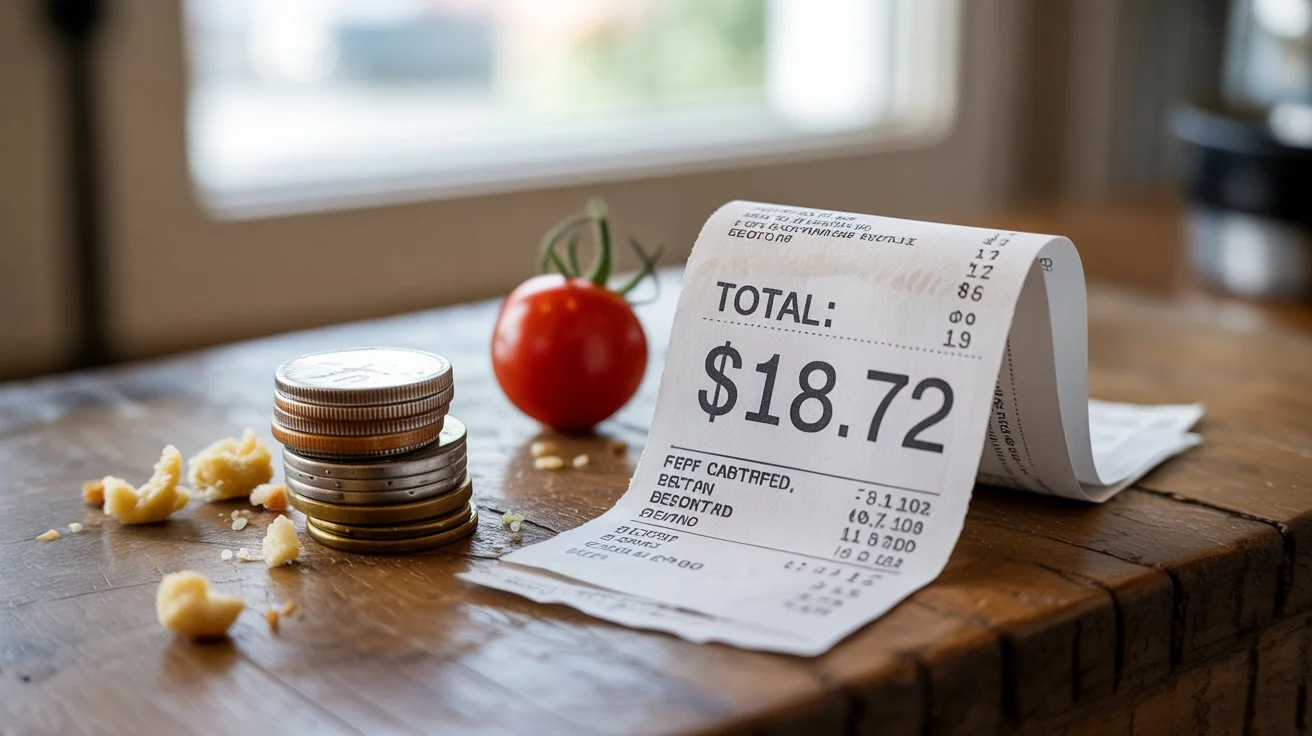Brilliant Ways to Meal Plan With Pantry Food: Save Big & Cut Waste (7 Easy Steps)
Intro & Pantry-First Promise
Ever stare at a fully stocked pantry and wonder, “What on earth can I cook with all this?” Meal planning around pantry food is your shortcut to saving money and slashing waste—because the best meals start with what you already own (US EPA). In this post, you’ll learn seven simple, no-download steps to audit, organize, and plan around your shelf-stable staples so you spend less and waste less every week.
Step 1: Embrace the Pantry-First Philosophy
Starting your weekly menu by surveying pantry food—beans, rice, oats, canned tomatoes—automatically reduces food waste and unnecessary grocery trips (US EPA). When you commit to planning around your on-hand staples, you curb impulse buys and duplicate purchases, leaving more room in the budget for fresh produce or special treats (USDA). Then, once your core meals are set, you only shop for “fill-ins” like dairy, produce, or spices. This smart-shopping tie-in keeps your pantry the hero and your wallet happy.
Step 2: Conduct a 5-Minute Pantry Inventory Audit
A lightning-fast audit puts you in control:
Use your phone’s Notes app or a simple spreadsheet—no fancy tools required. Once you know exactly what’s on your shelves, meal planning becomes almost effortless.
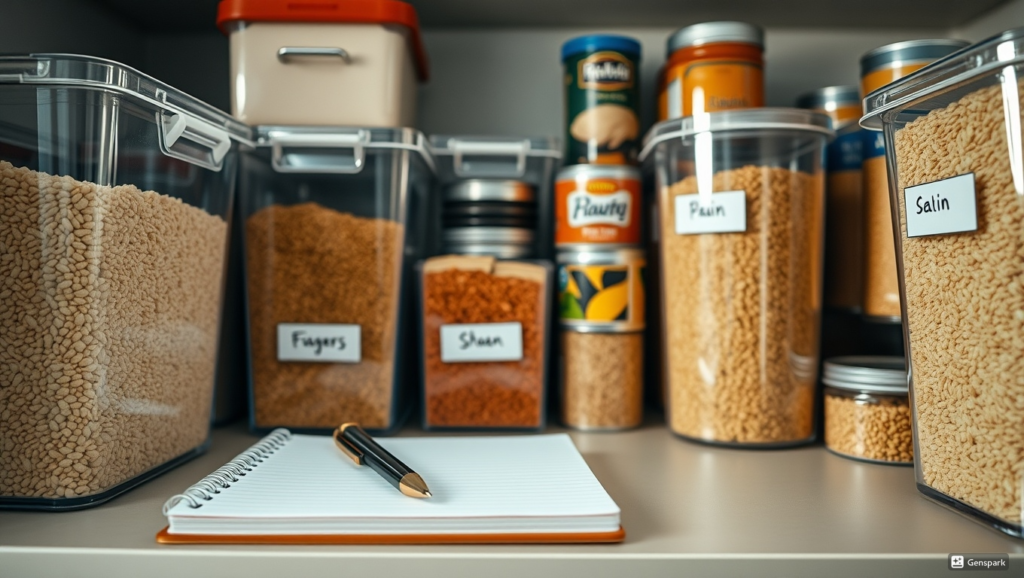
Step 3: Spotlight 5 Versatile Pantry Staples
Certain staples pack the biggest bang for your buck. Here are five powerhouses—complete with shelf-life tips, nutrition notes, and quick recipe sparks:

Step 4: Creative Meal Builds Using Pantry Food
With your staples spotlighted, assemble balanced meals by adding minimal fresh ingredients:
Swap proteins, grains, or spices based on your inventory—creativity is the only limit.
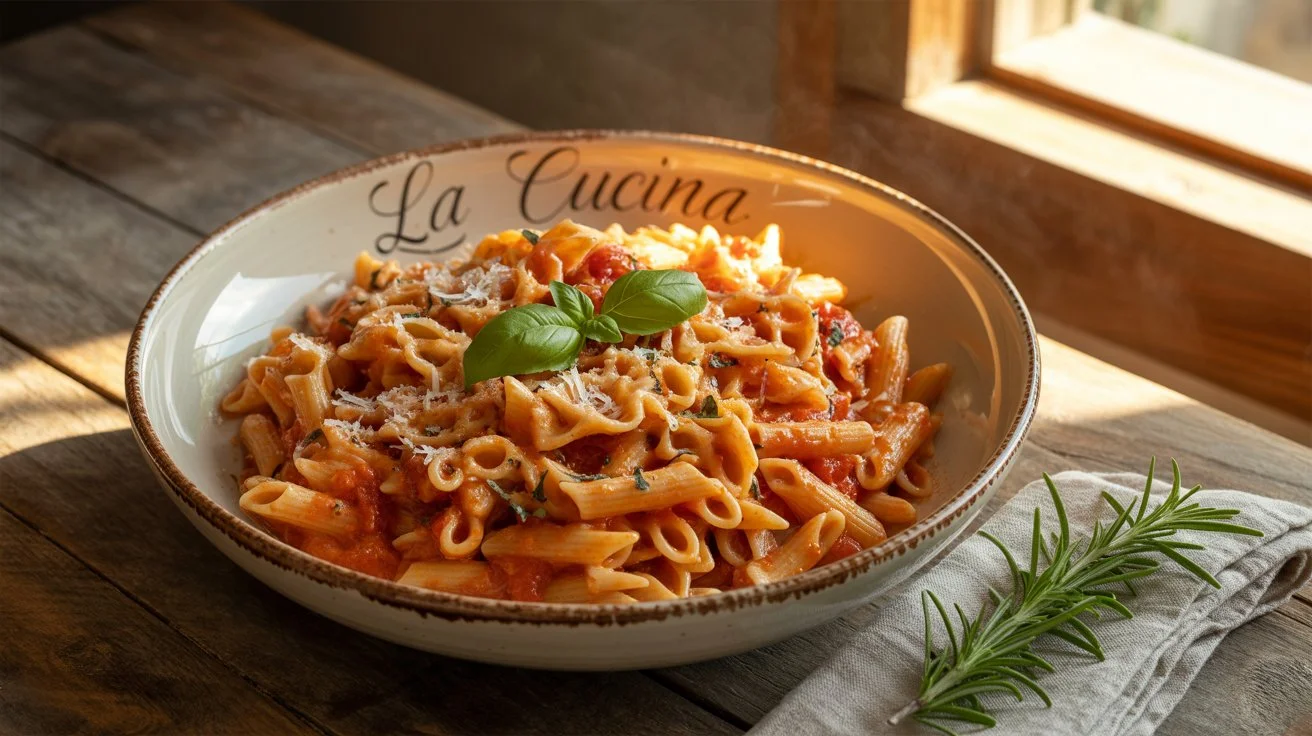
Step 5: Smart Shopping to Replenish Pantry Essentials
Once your meal plan is set, shop only for missing items—and snag them on sale:
This targeted approach keeps your pantry stocked and your budget intact.
Step 6: Seasonal Pantry Rotations for Fresh Inspiration
Keep meals exciting by rotating staples seasonally:
Rotate in season-specific spices (cinnamon in fall, cumin in winter) to keep your palate engaged.
Step 7: Organize Your Pantry for Maximum Visibility
An organized pantry means you actually use your pantry food:
When you can see everything at a glance, meal prep becomes faster and waste plummets.
Conclusion & Call to Action
By embracing a pantry-first approach—Audit → Spotlight Staples → Creative Builds → Smart Shopping → Seasonal Rotation → Organization—you’ll transform how you plan meals, save money, and reduce waste (US EPA). Ready to raid your shelves? Share your favorite pantry-centric meal idea in the comments below!
FAQs
Q1: What counts as “pantry food”?
Shelf-stable items such as grains (rice, oats), legumes (beans, lentils), canned goods, dried pasta, and jarred sauces (USDA).
Q2: How often should I audit my pantry?
Do a quick check once a week before shopping, plus a deeper audit every 1–2 months.
Q3: Can I meal-plan for a family from only pantry staples?
Yes—with minimal produce or dairy add-ins, you can build diverse, balanced meals all week.
Q4: How do I prevent pantry pests?
Use airtight containers, store in cool dry spots, and check expiration dates regularly.
Q&A Corner
Q: “I’m gluten-free—what staples should I keep?”
A: Stock sorghum, rice pasta, quinoa, and gluten-free oats as versatile, safe alternatives.
Q: “What if I live alone?”
A: Buy smaller packages, split bulk items into portioned bags, and freeze what you won’t use quickly.
Q: “How much food waste is typical in U.S. homes?”
A: U.S. households waste an estimated 30–40% of their food supply—about 133 billion pounds annually.
By embedding these seven steps into your routine, you’ll master pantry food meal planning—saving money, reducing waste, and enjoying stress-free dinners night after night.


